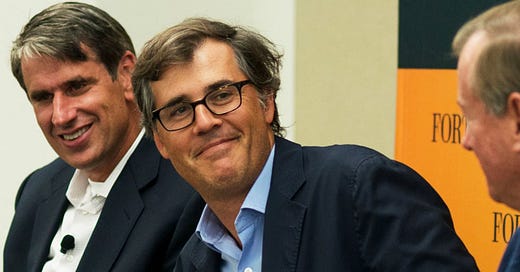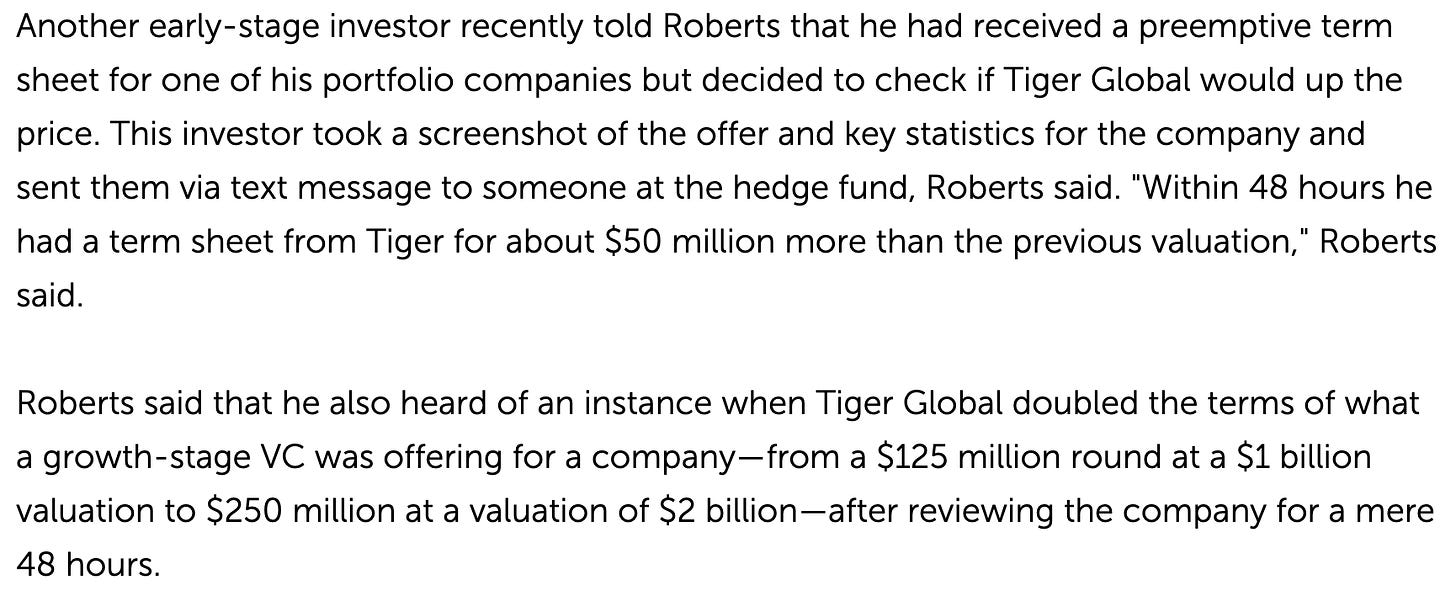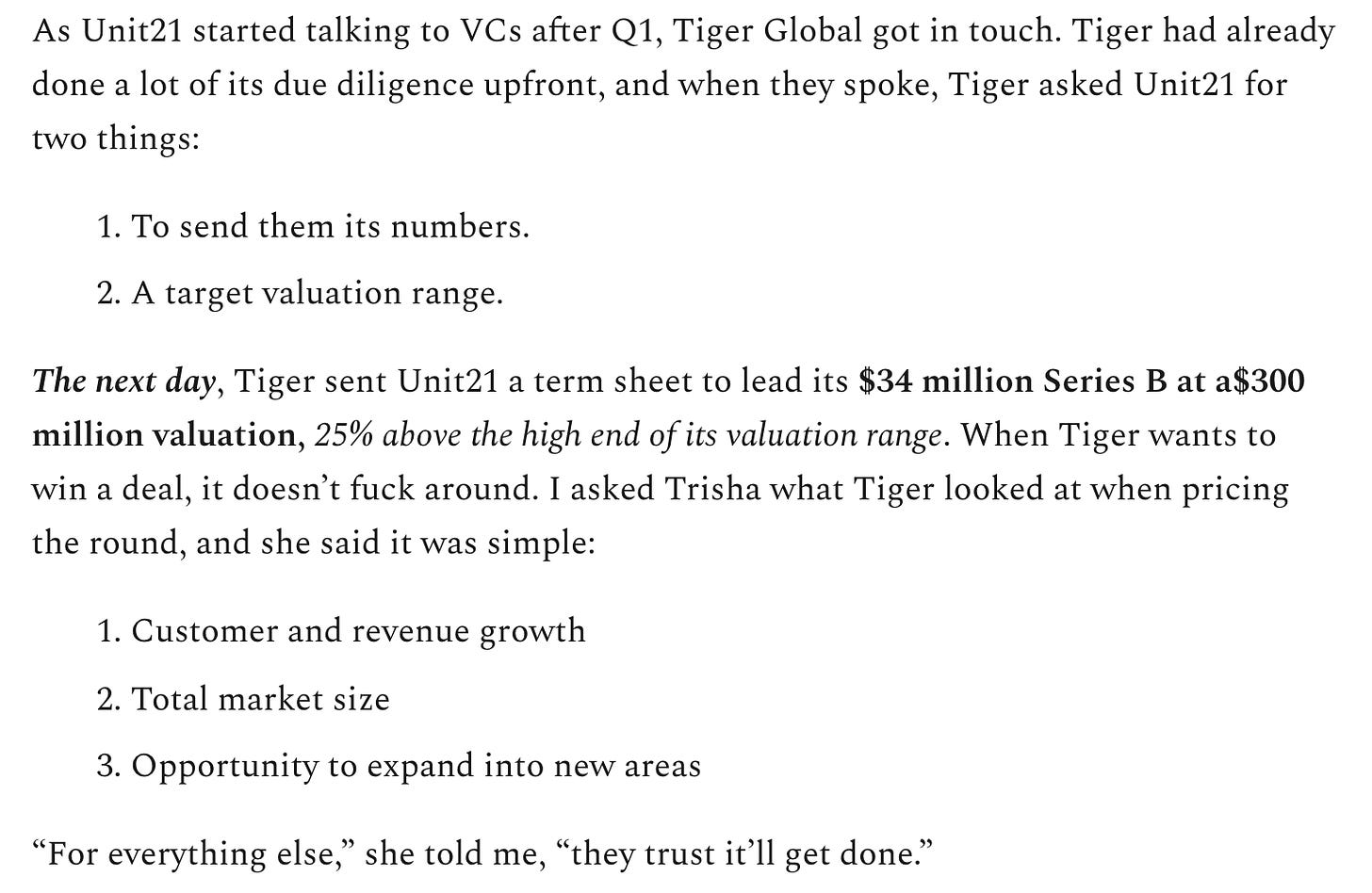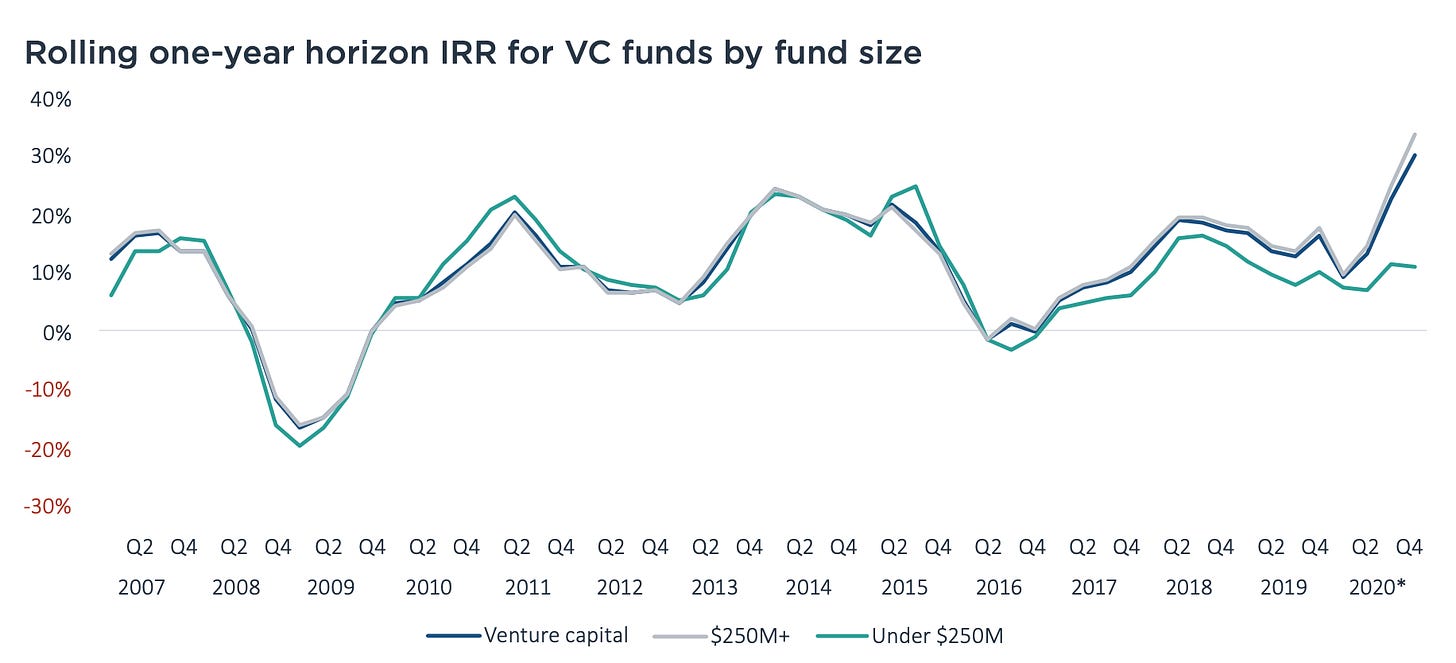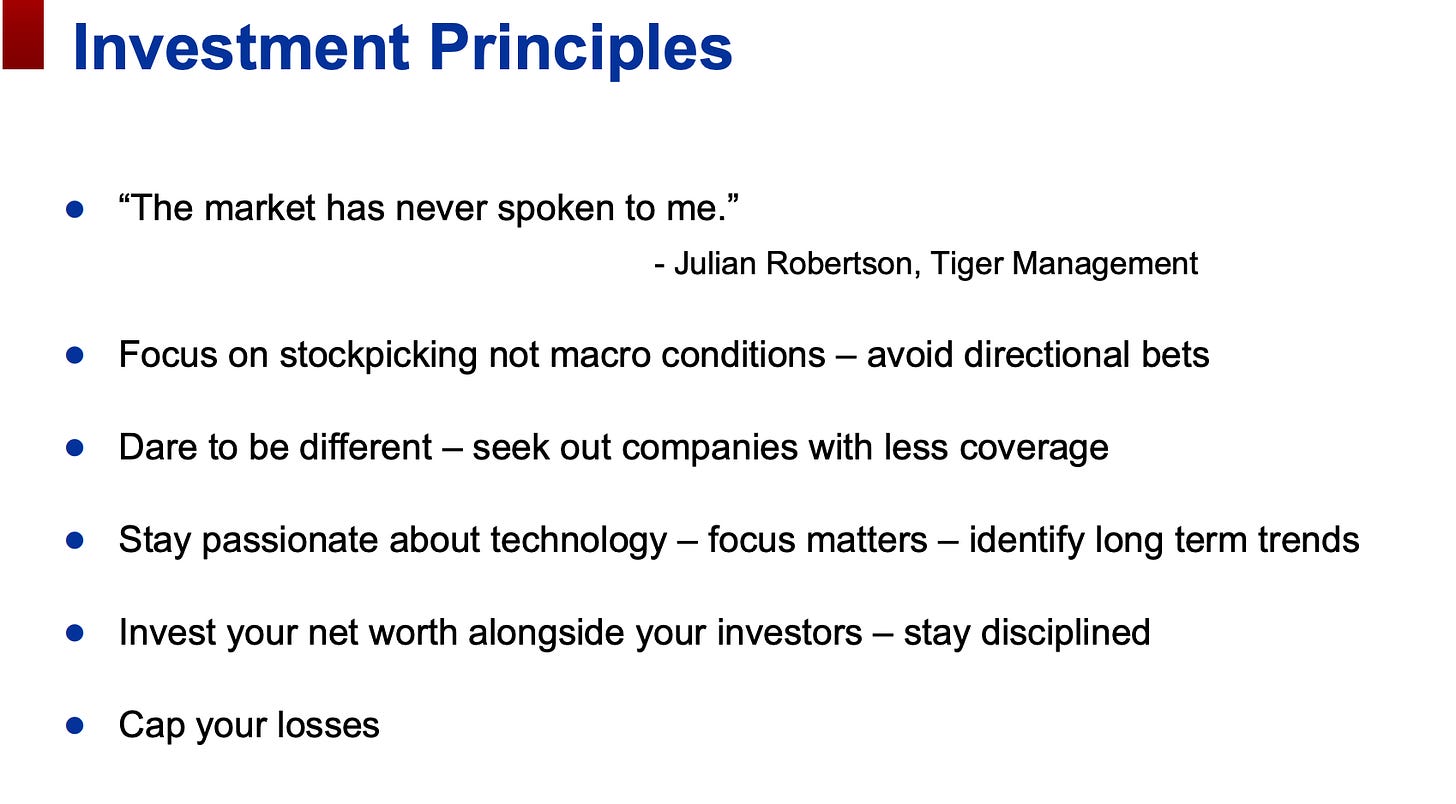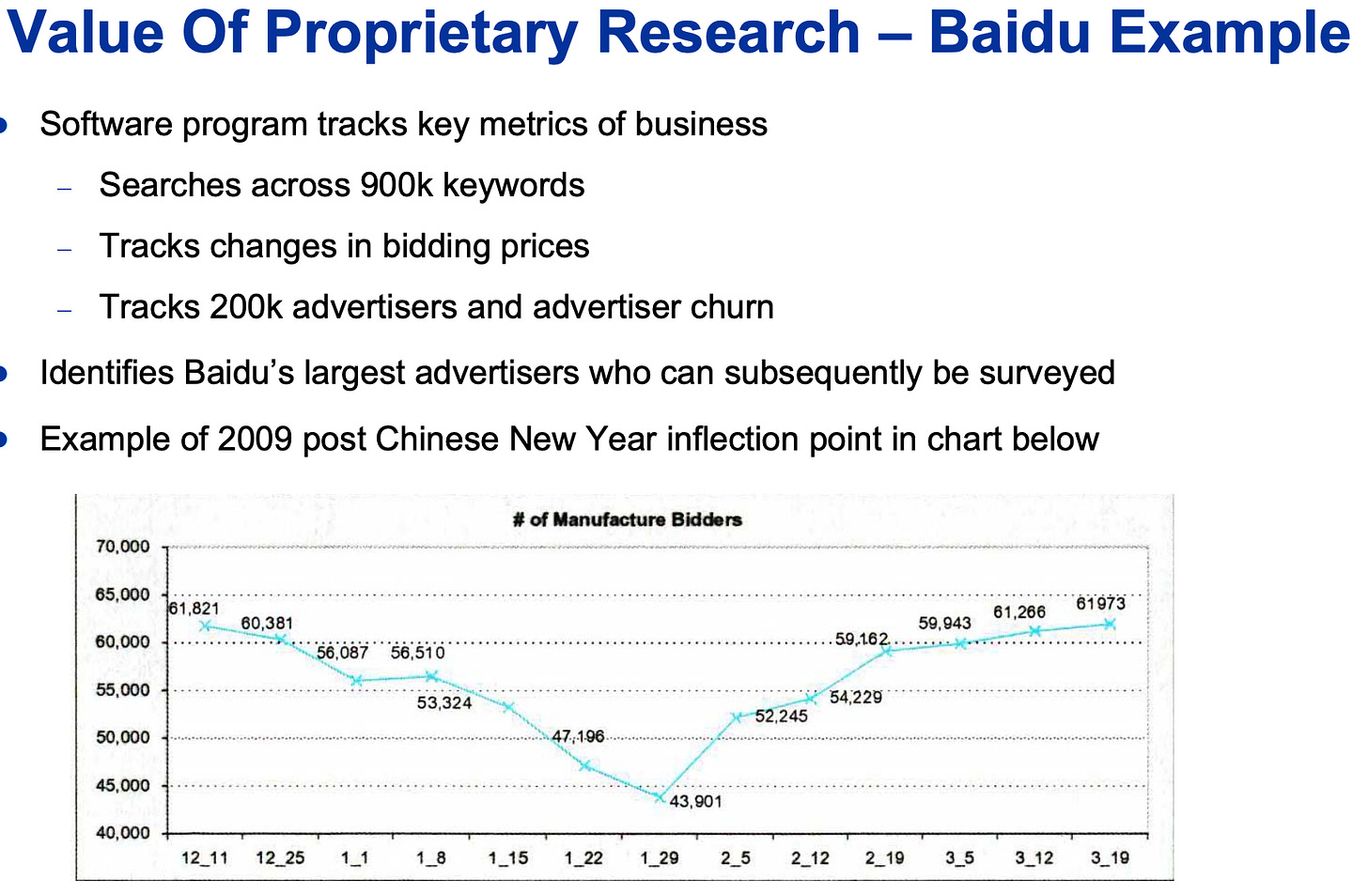Hi friends 👋,
It’s been heartwarming to receive messages from some of you over the last few days since I sent this newsletter out, both written and in person. You have no idea how much it means.
On to today’s topic.
Seeking Alpha
If you're a venture capitalist in 2021, it's been hard to miss the ominous marks of the new alpha predator roaming your territory.
Tiger Global, the subject of countless jests by juniors in the industry, has unabashedly deployed a $6.7bn fund in 3 months to propel itself to to the crown of the most active investor globally in Q2'21.
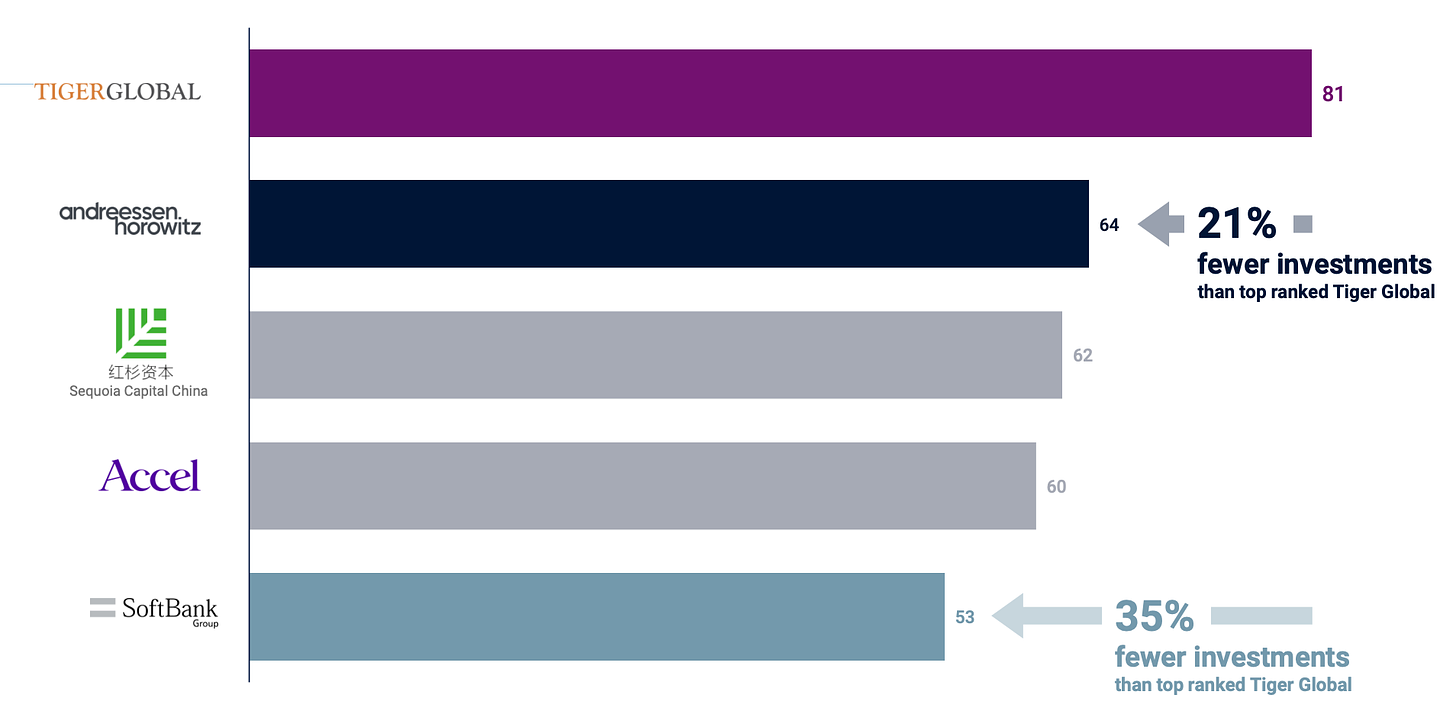
Much has been said about Tiger’s style of investing and its consequences for the wider ecosystem, perhaps most masterfully by Everett Randle. Everett frames the product that Tiger is selling to founders as Better/Faster/Cheaper capital:
Tiger: VCs are rarely (if ever) helpful at the growth stage, so the best product I can offer founders is a high price (i.e. cheaper, less-dilutive capital), a quick & minimally distracting fundraise process, and to stay completely out of their way when we’re on the cap table. This approach also enables me to invest at high velocity despite having a lean team.
Tiger’s view is that there’s a $5tn market opportunity for private tech companies and that investing in companies that are an index of an underlying market that’s compounding over time is a recipe for success. Examples include Stripe (online payments), Coinbase (crypto), Hopin (virtual events), Snowflake (data warehousing) and many more.
Elad Gil describes index companies as:
Index companies often take a cut of every transaction in their space, or are a piece of infrastructure everyone in the market needs. For example, it is hard to launch something into space in the West without using SpaceX. These companies may be ways to participate in the market broadly without having to worry about who wins in it.
This is a high-conviction, top-down style of investing that stomachs higher failure rates across a portfolio but earnestly optimises for a power law distribution of returns whereby a few winners capture a small but delicious sliver of that sweet $5tn pie.
The result of this is an investment process that can seem almost comical in its aggressiveness:
Some have described it as private stock-picking. Tiger Global is after all a hedge fund, and over half of its AUM is invested in the public markets, where conviction is formed on the basis of a 3-5 year horizon and deep due diligence on the market. Investing in innovative public companies has served Tiger Global well, as it has served others like Cathie Wood’s ARK Invest, who described this approach as investing in:
disruptive innovation, primarily in the public equity markets because I believe that innovative public companies with forward-looking growth are the most inefficiently priced part of the market.
The only problem is that there are fewer of them. Companies are staying private longer, with most of the value captured in the private markets.
Where does that leave hedge funds, who posted their best performance in H1 2021 since 2009? Well, the private markets, and in particular venture, seem ripe for exploration.
Goldman Sachs released some stats this week that underline the scale at which hedge funds have advanced into venture capital. Hedge funds invested $153bn across 770 deals in H1 2021, already beating the record number set in the whole of 2020, of 753 deals and $96bn. Goldman went on to add that 72% of these investments were at the venture stage, rather than later-stage/growth.
We’ve established that hedge funds are entering the private markets and highlighted Tiger Global’s ascent as one of the biggest predators to encroach on the Venture turf. Let’s now cast our attention to another predator that’s been prowling in the long grass for some time but has now begun to roar.
Coatue: the product of an elite training school
Coatue Management is a global hedge fund managing over $50bn in assets across several public and private market funds. Founded in 1999 Philippe Laffont, Coatue is one of a large litter of ‘Tiger Cubs’, a name given to hedge funds started by former employees of Tiger Management. We won’t dwell on Tiger Management too long, but it’s worth a short detour here.
Tiger Management is one of the most successful hedge funds of all time, having delivered annual returns of more than 25 per cent net of fees between 1980 and 2000, at which point its founder Julian Robertson decided to return outside capital. Robertson attributed a large degree of Tiger’s success to its ability to hire the right Analysts, including the aforementioned ‘Cubs’ who would use the rigorous training they received at Tiger to build their own successful hedge funds. Tiger was known for particularly thorough research which drove conviction on their long and short positions, a discipline that was bestowed on Tiger’s progeny. Finally, Tiger’s recruitment process selected for hyper-competitive personalities; after all, these Analysts would be competing with each other for their own convictions as well as the rest of the industry, all looking to outwork each other.
Thus, Tiger eventually became the breeding ground for more than 200 hedge funds, an unmatched dynasty. These include Tiger Global (Chase Coleman), Coatue (Philippe Laffont), and many others. Let’s dive back into the origins of Coatue.
Philippe Laffont was born in Belgium and grew up in France. As a teenager he developed an obsession with computers that he ascribes to either a shyness to meet new people or due to some overzealous parenting. In any case, Philippe ended up graduating from MIT in 1991 with a BSc and MSc in Computer Science. After suddenly finding himself in a sea of people smarter than him and failing in interviews at three different divisions of Apple, Philippe joined McKinsey as a consultant in Spain.
It was during his three years in Spain as a consultant that Philippe met his future wife, who convinced him to leave McKinsey and join her family’s business. This was a seminal moment. During this period between 1994 and 1995, Philippe and his brother Thomas found themselves in a basement with not much to do. Idleness led to boredom. Boredom led to a curiosity in stocks. So it was that Philippe and Thomas began to pick stocks out of the Herald Tribune, investing in blue-chip names like Microsoft and Intel at a time when the markets were buoyant and only going up and to the right. Philippe acknowledges the importance of luck in this formative period, as he would surely have forgone any pursuit of a career as an investor were it not for this initial rising tide that lifted all boats.
He returned to the US in 1995. Landing in New York without a network, he struggled to find a job that would help him realise his new-found potential as an investor. Eventually he got a gig at a mutual fund where he worked for free (yes, this is the eventual founder of a $50bn hedge fund). Philippe built out his network and eventually secured a meeting with Robertson through a friend-of-a-friend. This was Philippe’s shot at breaking in, and in the words of another legend, “when you come at the king, you best not miss”. Philippe was unequivocal in this two minute exchange with Robertson: he wanted to pick stocks and he would do it well. After this exchange Philippe was sent off to interview with some of the Analysts and it was over. Philippe joined Tiger in 1996.
We’ve already covered the role that this environment played in moulding Philippe, Chase Coleman and many others. So it was in 1999 that Philipp started Coatue with a $50m Long/Short hedge fund. Today, Coatue manages $50bn across several funds. Nihar Sheth has done a far better job of chronicling the intervening years than I ever could, but in a nutshell, Coatue won big in Asia with bets on Tencent, Meituan, Didi, ByteDance, relied heavily on the use of proprietary research, and formed conviction on long-term technology trends. The below slides from a presentation Philippe gave in 2009 speaking to these key principles behind their success.
Entering new territory
Philipp’s brother Thomas joined him at Coatue in 2003 from Creative Artists Agency.
Small sidebar here: Michael Ovitz, who started Creative Artists Agency, had a huge influence on the direction Ben Horowitz and Marc Andreessen took a16z in, namely the view that a VC firm should be a ‘platform’ that supports its clients (the companies it invests in) in various specialised ways. As Ben puts it:
Ben: The whole thing. It’s actually funny. Everything that we tried from CAA worked, and…
Hanne: Everything?
Ben: All the core principles. So, the first was this concept of a network. So, you know, a firm shouldn’t be just a group of independent people who all had their own isolated networks. The network should be owned and run by the entity itself. And CAA was a breakthrough in this because you had people who were dedicated to vertical parts of the network, like publishing. And so that, of course, we did as you know our networks were different but it was the same kind of systematic network that turned the platform into a franchise.
If you’ve not yet listened to the Acquired podcast on a16z, go on a three-hour hike and give it a listen. Sidebar over.
Today, Thomas leads Coatue’s private investments team globally, overseeing $7bn AUM across 5 growth and venture funds. The first private fund of $300m was raised in 2013, ten years after Tiger started investing in the private markets.
The trajectory is clear: Coatue is coming for the venture asset class as ferociously as Tiger Global has over the last few years.
Coatue invests all the way as early as seed and as late as pre-IPO, and can of course hold on to positions post-IPO, which is another appeal of raising from Coatue. A common misconception is that Coatue is selling the same product to founders as Tiger Global, but this is far from the case. Coatue take board seats and are significantly more involved with portfolio companies than Tiger Global. They’ve hired some exceptional investors in Matt Mazzeo (formerly of Lowercase Capital with Chris Sacca, and Creative Artists Agency, which is beginning to feel like a bit of a pattern), Dan Rose (formerly of Facebook and Amazon), Michael Gilroy (formerly of Canaan), and many others.
Coatue’s HQ is in New York and their other offices are in San Francisco and Hong Kong. Although this might suggest that they are primarily focused on the US and Asia, they’ve made 20 investments in Europe since 2019 and 15 of those were in 2021 YTD, including Hopin (Series C), Rapyd (Series D, Lead), Alan (Series D, Lead), Gorillas (Series B, Lead), Causal (Seed), Sunday (Seed, Lead).
Coatue practices the same style of investing as Tiger, one that both Philippe and Chase Coleman inherited from Julian Robertson: do your diligence on the market up front and aggressively preempt your pick for winner.
The European venture landscape had hitherto remained largely enclosed from these two predators, who have only recently begun roaming these lands. If we wind the clock forward a few months, I’m pretty sure you’ll hear as many jests about Coatue in VC hangouts across London, Berlin, Paris and Stockholm as you hear about Tiger today.
Hope you enjoyed this deep-dive into Coatue! If you enjoyed it and want to chat about it, please reach out. Equally, feel free to share it with your friends.
You should definitely read this fantastic report published by Coatue Partner Michael Gilroy and investor Saanya Ojha: Fintech Revolution.
As for the archives, here are my picks for this week.
Ten Years of VC Blogging by David Hornik, 2013.
David Hornik is the first VC to write a blog. Bet you didn’t know that? David is also the subject of a fascinating chapter of the book ‘Give and Take’, which I highly recommend for readers keen on better understanding how to navigate relationship-building (both personally and professionally) in a world full of increasingly transactional relationships.
In this post David reminisces on the inception of the blog, recounting how it was actually his colleague Andrew Anker who convinced David and Naval Ravikant to lift the curtain on what VCs actually do and how they think. David and Naval’s attempts at making uncommon knowledge common (tipping my hat to Kevin Kwok) won them the goodwill of the founder community and soon VCs started producing content everywhere you looked. In some complex, butterfly effect way, all VC content be traced back to David. Lord, what have you done David!?
Target big markets, Don Valentine, 2010.
Don Valentine (1932-2019), the founder of Sequoia Capital, is one of the godfathers of Venture Capital and when he speaks, everyone listens. In this talk to Stanford students Don Valentine explains how Sequoia succeeded by first and foremost investing in big markets.
There’s a quote from Andy Rachleff, founder of Benchmark:
When a great team meets a lousy market, market wins. When a lousy team meets a great market, market wins. When a great team meets a great market, something special happens.
In a world where talent is scarce and capital is abundant, there’s a rush to back great teams, indifferent of the markets they’re going after. Good teams can of course pivot if the original market opportunity doesn’t work out, but as investors the importance of studying a market’s size, competitive dynamics, tailwinds, and much else, cannot be overstated (as Tiger and Coatue have proven).
As Don Valentine says:
We’re never interested in creating markets – it’s too expensive. We’re interested in exploiting markets early.
It’s interesting to juxtapose this with today’s Benchmark;.Brett Bivens wrote about this masterfully, calling it ‘bottom-up investing’. Peter Fenton draws an interesting contrast with Accel, who emphasise the importance of a prepared mind (like Sequoia).
“At Accel I was taught, ‘we need to have a prepared mind’ at really thinking about a segment, a category, and its coherence. So I came to Benchmark and I didn't know if I agreed with that. And my partner said, "don't you do that shit here." Throw that crystal ball out, you can't predict anything. What you can do is recognize when lightning strikes."
That’s all for today folks! Have a great Sunday 👋,
Akash


